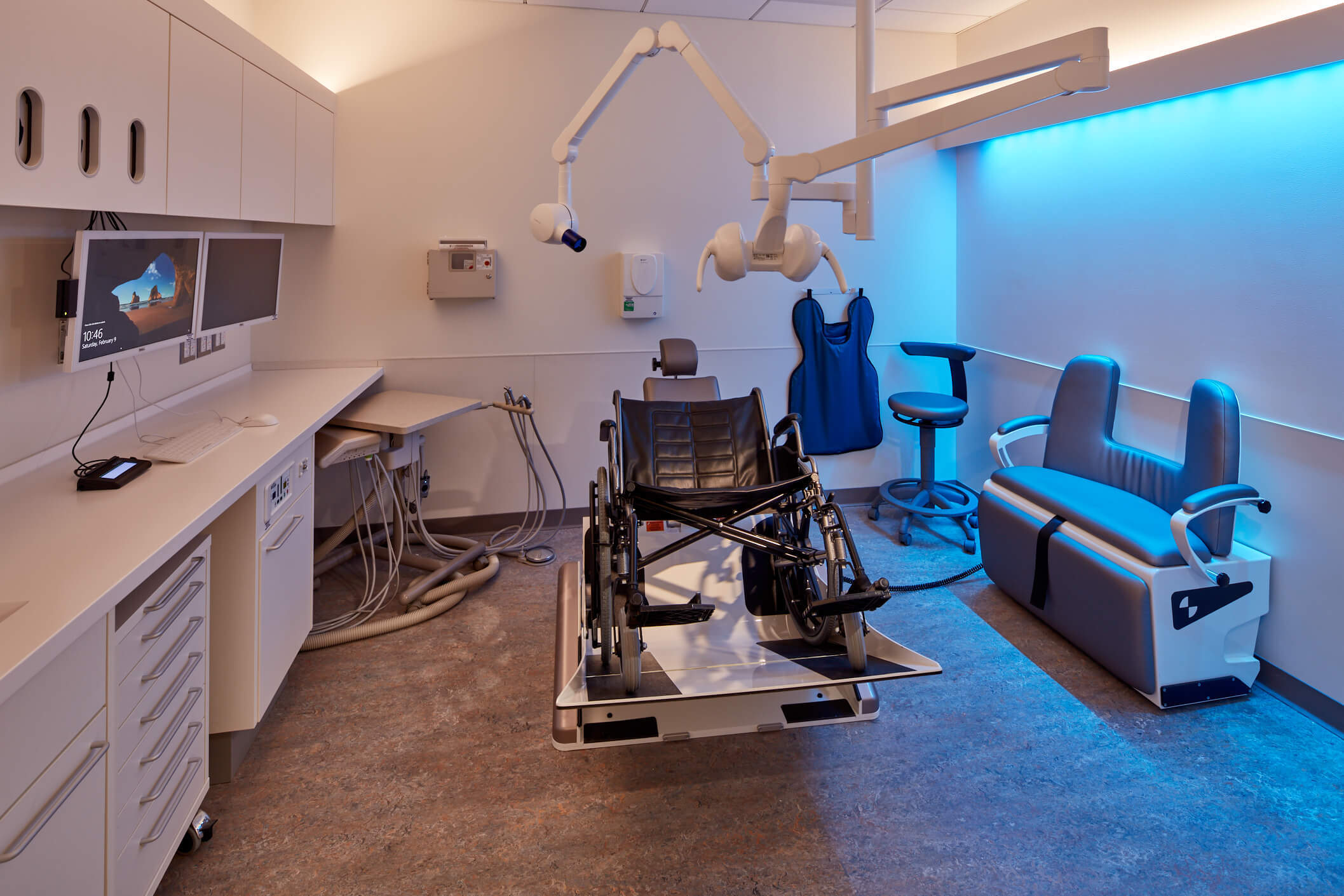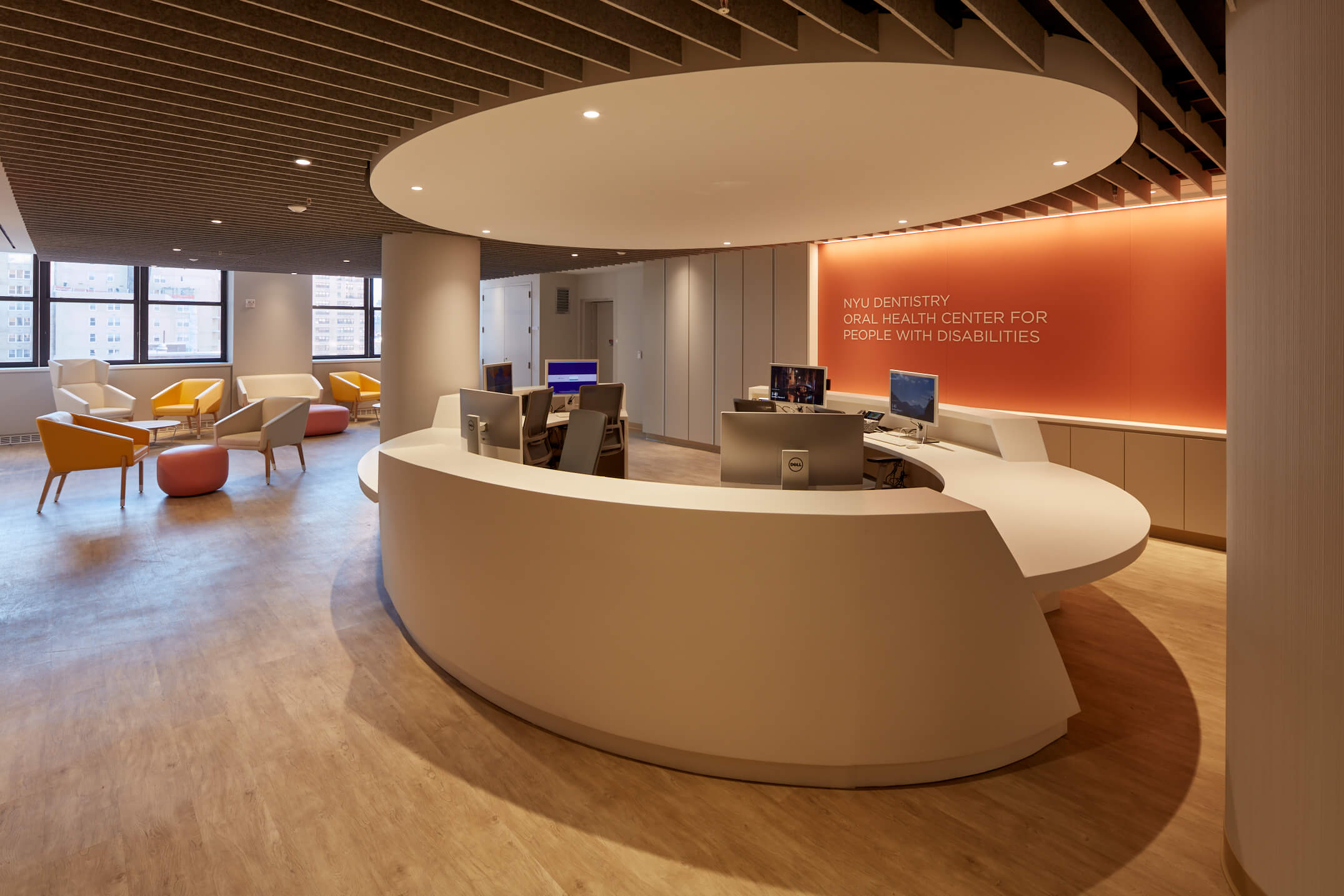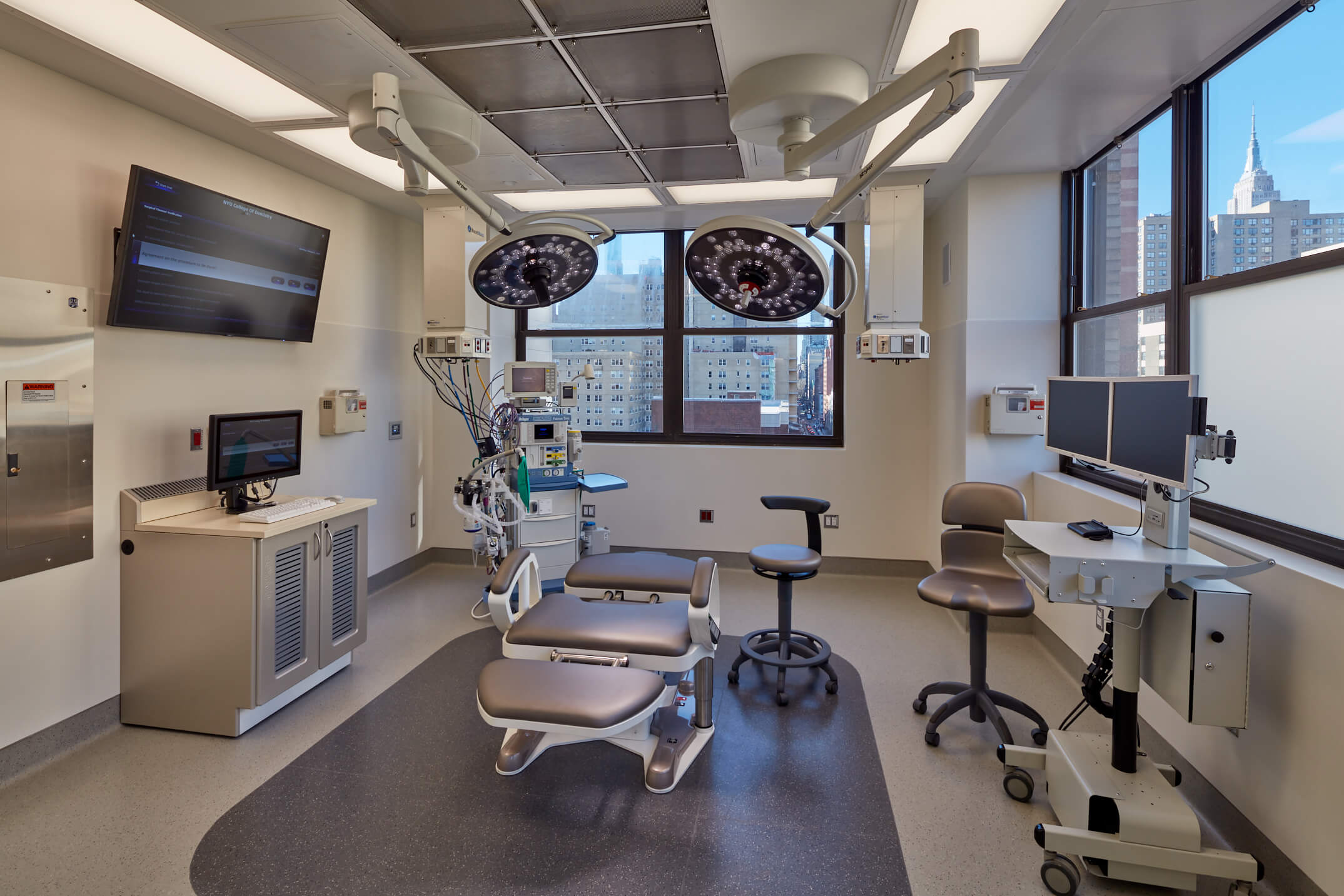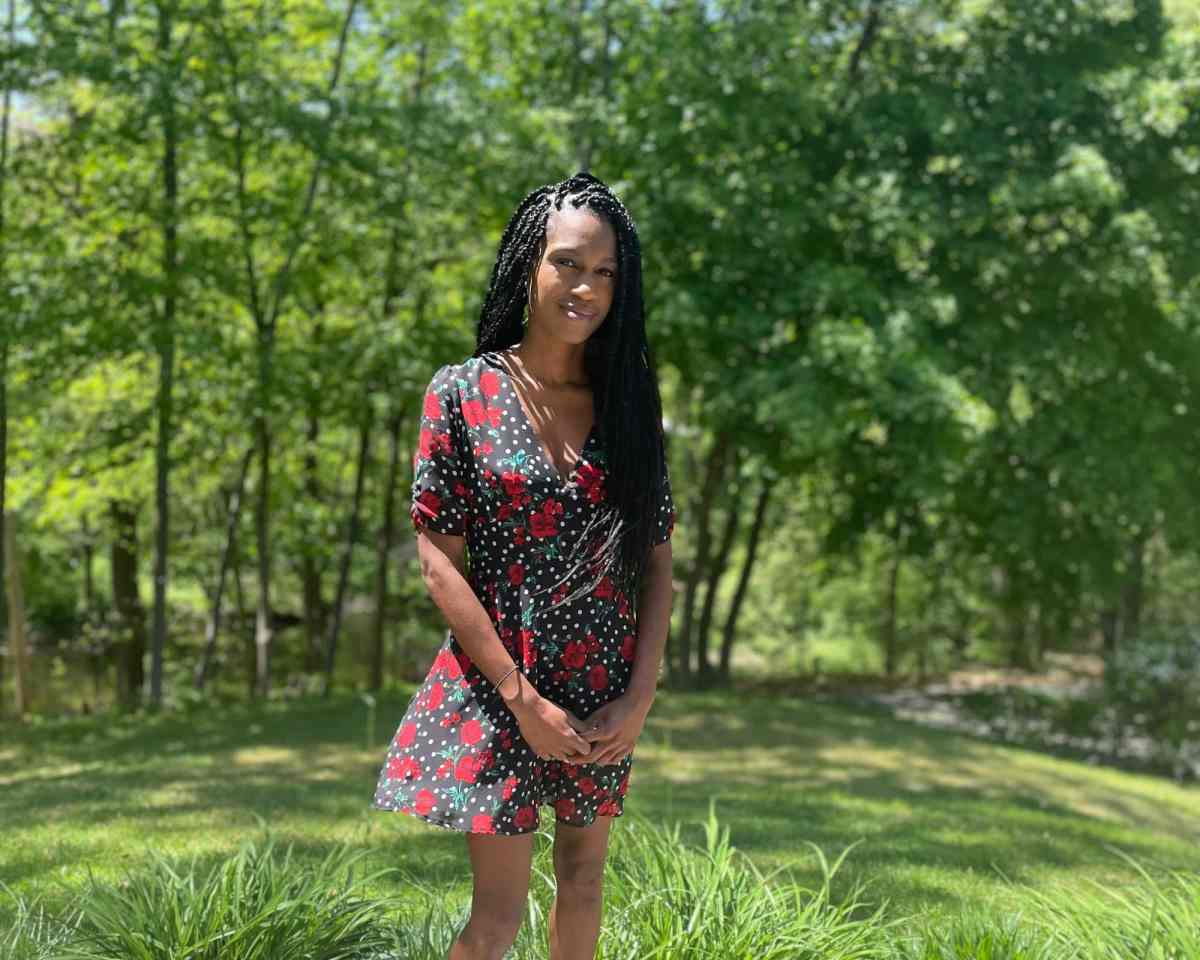
GABE HERMAN | The New York University College of Dentistry opened a facility this year that treats patients with physical, developmental and cognitive disabilities.
The Oral Health Center for People with Disabilities opened in February at First Ave. and E. 24 St. The 8,000-square-foot space includes nine patient treatment rooms, featuring extra space for wheelchairs or accompaniment by family or a caretaker. The treatment rooms also have lights that change colors for a soothing effect, plus iPads to attach to patient chairs.
There are also two sedation suites, which prevent most patients from having to be referred to hospitals for treatment, according to Dr. Ronald Kosinski, the center’s clinical director and clinical associate professor at the N.Y.U. College of Dentistry.
Other special features include a lobby with a noise-dampening ceiling, and reception desks at wheelchair height.
There is also a multisensory room to calm patients who might start to get upset. The room includes different colored lighting and materials like a mat and heavy blankets, and is a work in progress that includes efforts from other N.Y.U. schools, including engineers, artists and health specialists. Sometimes an exam will be done on the floor of that room for an upset patient, Kosinski said.
Along with the center’s staff, all N.Y.U. dental students will now pass through the facility as part of their training. Previously, it was only students in an honors program that learned to treat people with disabilities, in a Special Patient Care Program that started in 1971.

Kosinski said the new center will take about a year to become fully operational.
“Every day’s a little better and we have an unbelievable staff,” he said.
He noted that there is no specialty in special-care dentistry, and traditionally it’s mostly pediatric dentists that have trained to work with disabled patients. In general, there is often a lack of care available for adults with disabilities.
“Numerous studies have shown generally poor access to vital health services for both children and adults with disabilities,” said Marco Damiani, C.E.O. of AHRC New York City, a nonprofit that serves people with disabilities. “The N.Y.U. Dentistry Oral Health Center for People with Disabilities will promote greatly improved access. But it exceeds basic expectations by enabling access to a welcoming state-of-the art facility, dental treatment services from highly experienced and engaged faculty, and a service vision that underscores dignity, respect and coordination of care.”
Research has shown that disabled people have worse oral health than the general public, and less access to care. There are about 950,000 New Yorkers with a disability of some kind, including 99,000 wheelchairs users.
The new $12 million N.Y.U. center accommodates wheelchair users with a special wheelchair lift/tipper that avoids the need for the patient to be transferred into a conventional dental chair. This was a major benefit for patient Christine Mace, a quadriplegic who lives in the Flatiron District.
Mace said that being treated in the tilted chair made the experience “more hassle-free” than the typical dental experience, which she said involves an annoying transfer out of her chair.
“Just the option of not having to get out of my chair was the reason I chose to go to the clinic,” she said. “It definitely was a pleasant change.”

Mace said the new facility will be her go-to place for dental visits, and she hopes that kind of accessibility spreads for others. Mace became disabled after a spinal cord injury in 2002 at age 19. She noted that she has experienced life with and without a disability, and that awareness must be raised about disabled people’s needs in businesses and society, in general.
“It’s definitely a nice change,” she said of the care at the new center, “and something that would be nice if they could implement around the city.”
Kosinski noted there have been facilities around the country that treat disabled patients, but they have traditionally been philanthropic projects. And compared to N.Y.U.’s new center, “nobody’s done it in such a big way.”
He added it could be the start of a trend, with other schools initiating the process to create similar facilities, including at the University of Pennsylvania and University of Texas at San Antonio.
Part of students’ training is overcoming fear of how to deal with disabled patients, Kosinski said, by having students spend time with the patients and learn about their needs.
“It’s patience and understanding,” he said. “Those are the two qualities we’re trying to teach the students.”
For their part, patients generally give good feedback, calling the center a dignified and respectful place to be treated, Kosinksi said.
“This is for me a dream come true,” he said. “To be able to see the smiles, that’s what makes it all worthwhile, when you can change a person’s life from a dental exam.”
While N.Y.U. Dentistry has had about 3,000 appointments annually for people with disabilities, it’s expected the new center will see 8,000 visits the first year and more than 10,000 the second year. Kosinski said, so far, they are on pace to reach the first year’s goal.
“I feel like we’re doing the right thing,” he said. “This community has had no voice in the dental community.”

















